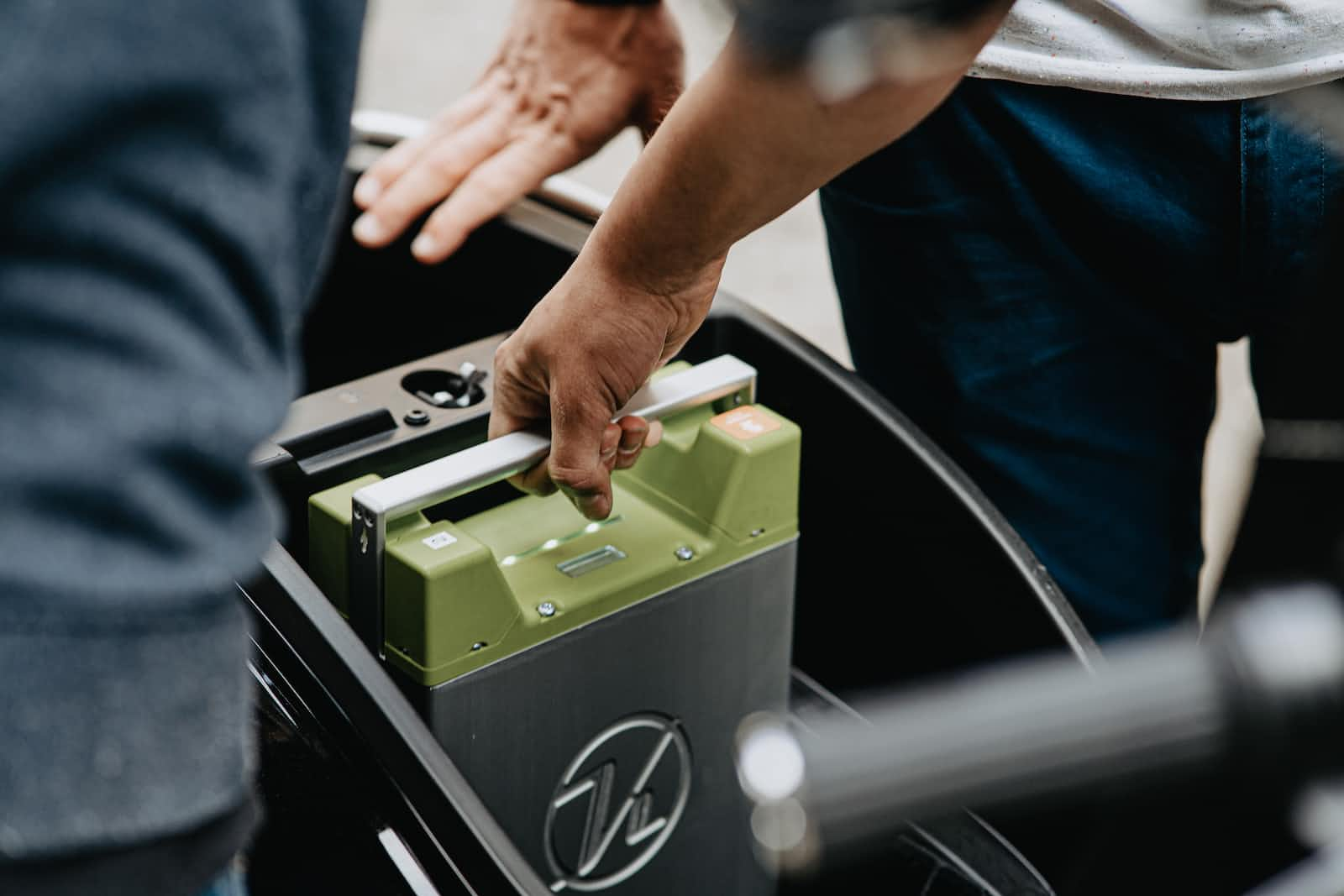How Batteries Work: Slow vs. Fast EV Charging
 Viraj jadhav
Viraj jadhav
Electric vehicles (EVs) are becoming increasingly popular as a more sustainable alternative to traditional gas-powered vehicles. However, understanding how the batteries in EVs work and the differences between slow and fast charging is essential to ensuring that you get the most out of your EV.
How Batteries Work
Batteries are electrochemical devices that store energy in the form of chemical energy. They contain two electrodes: a positive electrode (cathode) and a negative electrode (anode). The electrodes are separated by an electrolyte, which allows ions to flow between the electrodes. When a battery is connected to a circuit, a chemical reaction occurs, causing electrons to flow from the anode to the cathode through the circuit. This creates a flow of electrical energy that can be used to power a device or vehicle.
Slow Charging vs. Fast Charging
Slow charging refers to the process of charging an EV battery at a lower rate of power. This is typically done using a standard household outlet or a dedicated charging station that delivers a low amount of power (up to 7 kW). This type of charging can take several hours, depending on the size of the battery and the charging rate.
Fast charging, on the other hand, uses a higher amount of power to charge the battery more quickly. This can be done using a dedicated fast charging station, which can deliver power up to 350 kW. This type of charging can typically charge an EV battery to 80% in as little as 30 minutes.
The Pros and Cons of Slow Charging
One of the main advantages of slow charging is that it is more widely available than fast charging. Most households already have access to a standard outlet, which means that you can charge your EV at home. Slow charging is also less expensive than fast charging, as the cost of electricity is typically lower during off-peak hours.
However, slow charging does have some disadvantages. It can take a long time to charge an EV battery using this method, which can be inconvenient for drivers who need to travel long distances. Additionally, slow charging may not be suitable for all EVs, particularly those with larger batteries that require more power to charge.
The Pros and Cons of Fast Charging
Fast charging has the advantage of being able to charge an EV battery more quickly, which is ideal for drivers who need to travel long distances. It is also more widely available than it used to be, with more fast charging stations being installed in public locations. Additionally, as battery technology improves, fast charging is becoming more efficient, which means that it is less damaging to the battery over time.
However, fast charging can be more expensive than slow charging, as the cost of electricity during peak hours is typically higher. Additionally, fast charging can be more taxing on the battery, which can reduce its lifespan over time.
Conclusion
Understanding how batteries work and the differences between slow and fast charging is essential to making the most out of your EV. While slow charging may be more convenient and less expensive, fast charging is ideal for drivers who need to travel long distances. Ultimately, the decision to use slow or fast charging will depend on your individual needs and the capabilities of your EV.
Subscribe to my newsletter
Read articles from Viraj jadhav directly inside your inbox. Subscribe to the newsletter, and don't miss out.
Written by
